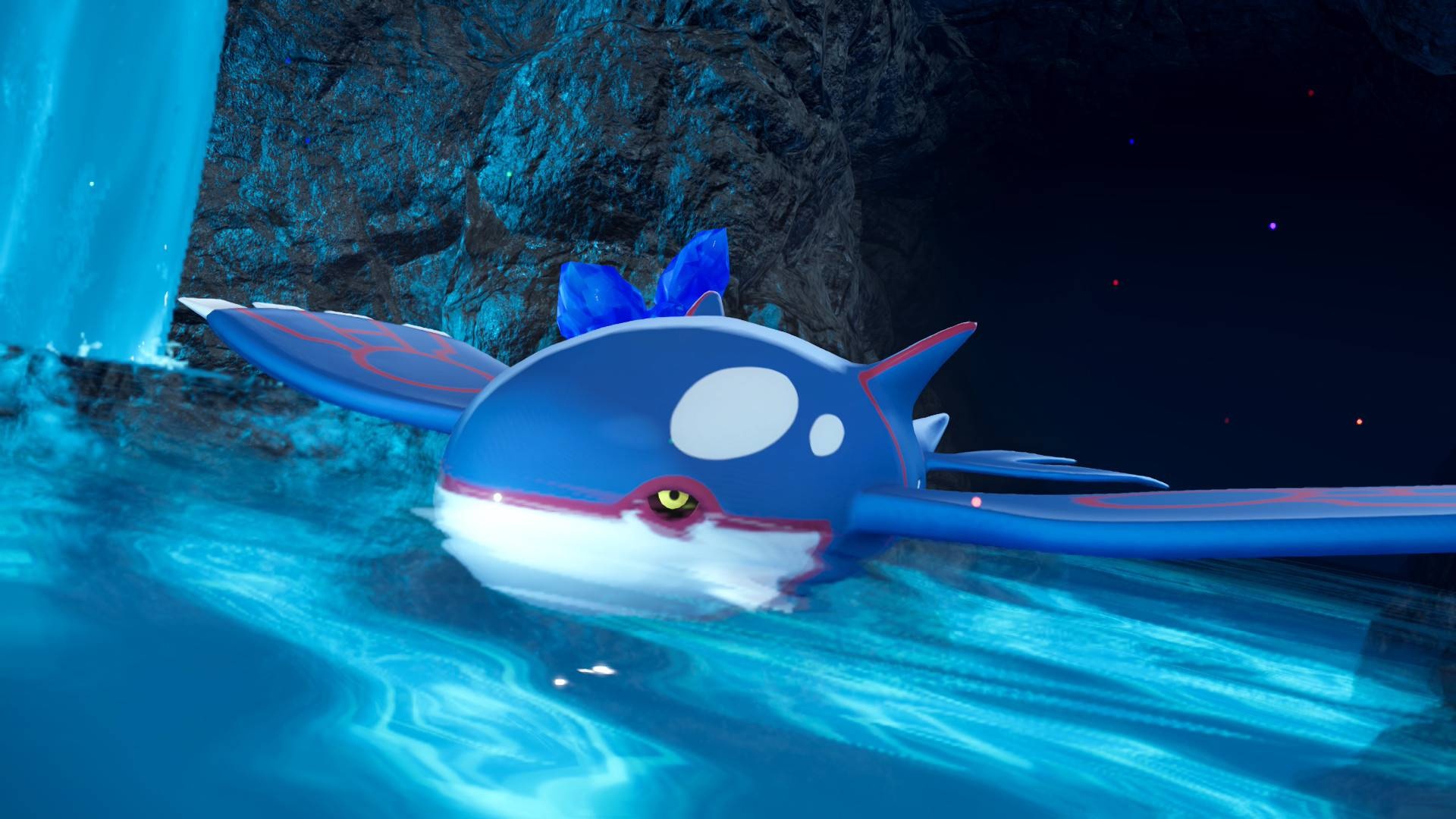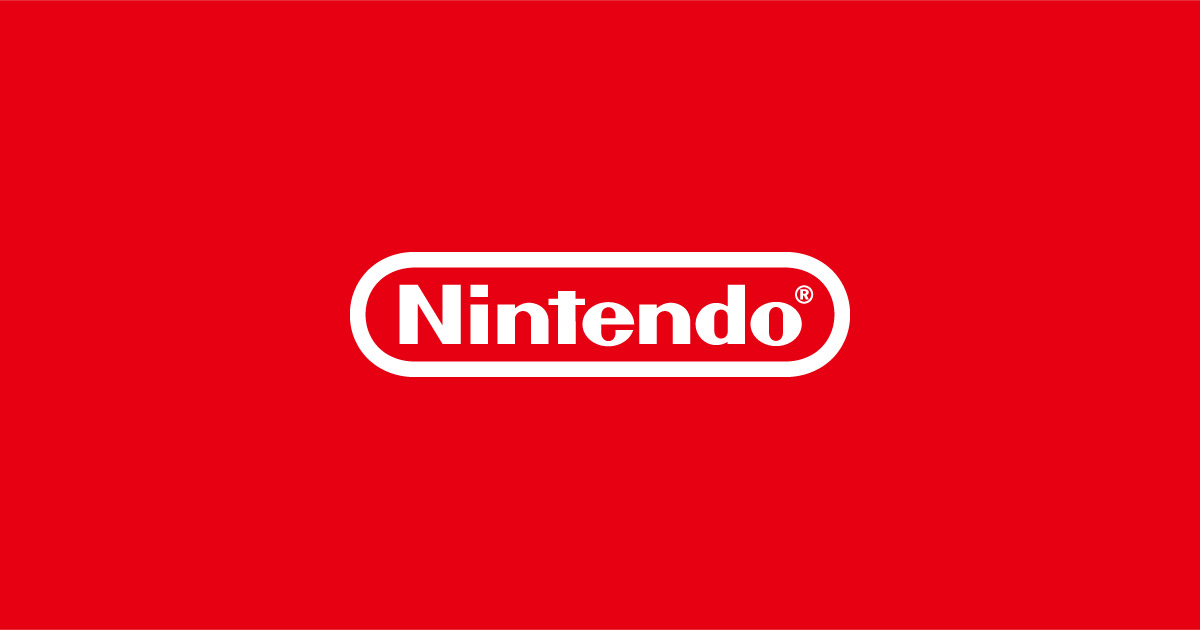In 2014, The Pokémon Company launched Pokémon Omega Ruby and Alpha Sapphire for the Nintendo 3DS, bringing Hoenn’s beloved adventure to a new generation of trainers.
As part of the franchise’s tradition of remakes, these titles updated graphics, mechanics, and gameplay while preserving the original charm of Pokémon Ruby and Sapphire, first released in 2002 on the Game Boy Advance.
While celebrated by critics and fans alike for their enhancements and content additions, Omega Ruby and Alpha Sapphire also became known in gaming circles for one particularly memorable critique from IGN’s review, which gave the titles a 7.8/10 and famously cited “too much water” as a notable drawback. Over the years, this phrase became a running joke within the Pokémon community, even prompting a lighthearted nod from The Pokémon Company in its official channels.
However, nearly a decade later, YouTuber and content creator ackolade has revisited the controversial assessment, using statistical analysis and factual data to scrutinize the legitimacy of the ‘too much water’ complaint. Ackolade’s recent video breaks down two main points highlighted by IGN: the Hoenn region’s heavy reliance on Water Type Pokémon, and the perceived tedium of the game’s surf and dive mechanics, as implemented through Hidden Machines (HMs).
By referencing encounter rates, trainer teams, and game mechanics, ackolade methodically examines whether these criticisms hold up under closer inspection. According to the analysis, the proportion of trainers utilizing Water Type Pokémon is significant in both the original and remade Hoenn adventures.
In Pokémon Ruby, approximately 38.4% of trainers include at least one Water Type, with that number rising to 43.9% in Sapphire.
This contrasts starkly with the 23% found in FireRed and LeafGreen, highlighting Hoenn’s aquatic theme.
Statistical models, such as those sourced from Nuzlocke damage calculators, further reveal that players are 171% more likely to face trainers vulnerable to Water attacks in Hoenn compared to those resistant.
Furthermore, Omega Ruby and Alpha Sapphire actually increased early-game water encounters, as seen in Wingull’s rate doubling on Route 103 and Marill’s increased presence on Route 117. Addressing the second part of IGN’s critique, ackolade found that while Pokémon Omega Ruby and Alpha Sapphire contain seven HMs (with five required for completion, compared to the five—two required—of X & Y), these mechanics did see some streamlining.
For example, surfable water routes such as Route 124 and 126 were made more compact in the remakes, and player movement through water was accelerated, making traversal less time-consuming.
The tedium component, ackolade suggests, is ultimately subjective; however, the raw data shows genuine improvements compared to the originals. Pokémon Omega Ruby and Alpha Sapphire were major commercial successes on the Nintendo 3DS, selling over 14 million copies worldwide and demonstrating the enduring appeal of revisiting classic regions with modern enhancements.
While the 'too much water' comment may live on as a community meme, ackolade’s in-depth review reveals a nuanced truth: the critique contains factual substance, even if the frustration it caused remains largely a matter of personal preference. Ten years on, these remakes remain a must-play for Pokémon fans, offering both nostalgia and refined gameplay on Nintendo’s handheld hardware.
For more detailed breakdowns, ackolade’s full analysis provides a comprehensive deep dive, solidifying Omega Ruby and Alpha Sapphire’s legacy as both beloved hits and conversation starters on game design and thematic choices.
As part of the franchise’s tradition of remakes, these titles updated graphics, mechanics, and gameplay while preserving the original charm of Pokémon Ruby and Sapphire, first released in 2002 on the Game Boy Advance.
While celebrated by critics and fans alike for their enhancements and content additions, Omega Ruby and Alpha Sapphire also became known in gaming circles for one particularly memorable critique from IGN’s review, which gave the titles a 7.8/10 and famously cited “too much water” as a notable drawback. Over the years, this phrase became a running joke within the Pokémon community, even prompting a lighthearted nod from The Pokémon Company in its official channels.
However, nearly a decade later, YouTuber and content creator ackolade has revisited the controversial assessment, using statistical analysis and factual data to scrutinize the legitimacy of the ‘too much water’ complaint. Ackolade’s recent video breaks down two main points highlighted by IGN: the Hoenn region’s heavy reliance on Water Type Pokémon, and the perceived tedium of the game’s surf and dive mechanics, as implemented through Hidden Machines (HMs).
By referencing encounter rates, trainer teams, and game mechanics, ackolade methodically examines whether these criticisms hold up under closer inspection. According to the analysis, the proportion of trainers utilizing Water Type Pokémon is significant in both the original and remade Hoenn adventures.
In Pokémon Ruby, approximately 38.4% of trainers include at least one Water Type, with that number rising to 43.9% in Sapphire.
This contrasts starkly with the 23% found in FireRed and LeafGreen, highlighting Hoenn’s aquatic theme.
Statistical models, such as those sourced from Nuzlocke damage calculators, further reveal that players are 171% more likely to face trainers vulnerable to Water attacks in Hoenn compared to those resistant.
Furthermore, Omega Ruby and Alpha Sapphire actually increased early-game water encounters, as seen in Wingull’s rate doubling on Route 103 and Marill’s increased presence on Route 117. Addressing the second part of IGN’s critique, ackolade found that while Pokémon Omega Ruby and Alpha Sapphire contain seven HMs (with five required for completion, compared to the five—two required—of X & Y), these mechanics did see some streamlining.
For example, surfable water routes such as Route 124 and 126 were made more compact in the remakes, and player movement through water was accelerated, making traversal less time-consuming.
The tedium component, ackolade suggests, is ultimately subjective; however, the raw data shows genuine improvements compared to the originals. Pokémon Omega Ruby and Alpha Sapphire were major commercial successes on the Nintendo 3DS, selling over 14 million copies worldwide and demonstrating the enduring appeal of revisiting classic regions with modern enhancements.
While the 'too much water' comment may live on as a community meme, ackolade’s in-depth review reveals a nuanced truth: the critique contains factual substance, even if the frustration it caused remains largely a matter of personal preference. Ten years on, these remakes remain a must-play for Pokémon fans, offering both nostalgia and refined gameplay on Nintendo’s handheld hardware.
For more detailed breakdowns, ackolade’s full analysis provides a comprehensive deep dive, solidifying Omega Ruby and Alpha Sapphire’s legacy as both beloved hits and conversation starters on game design and thematic choices.






